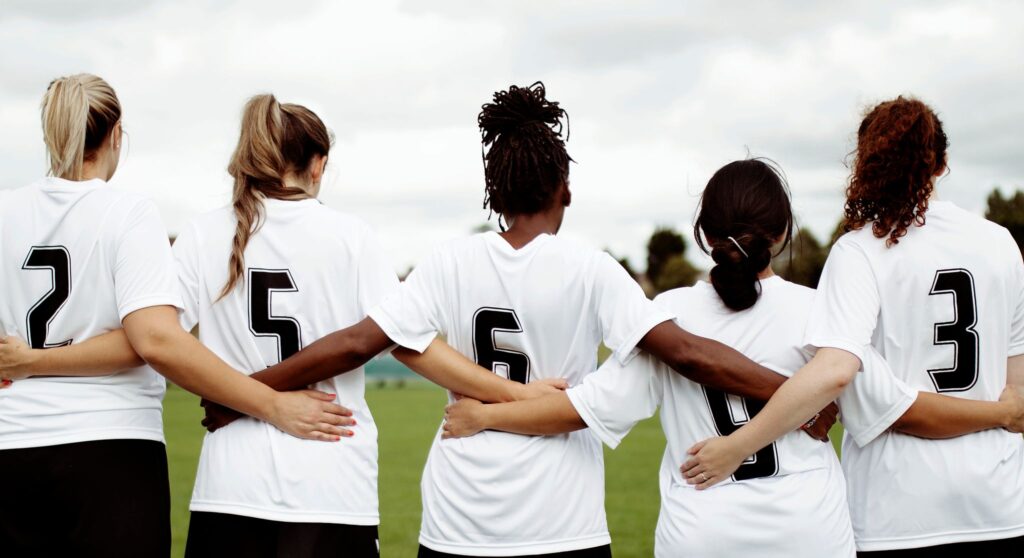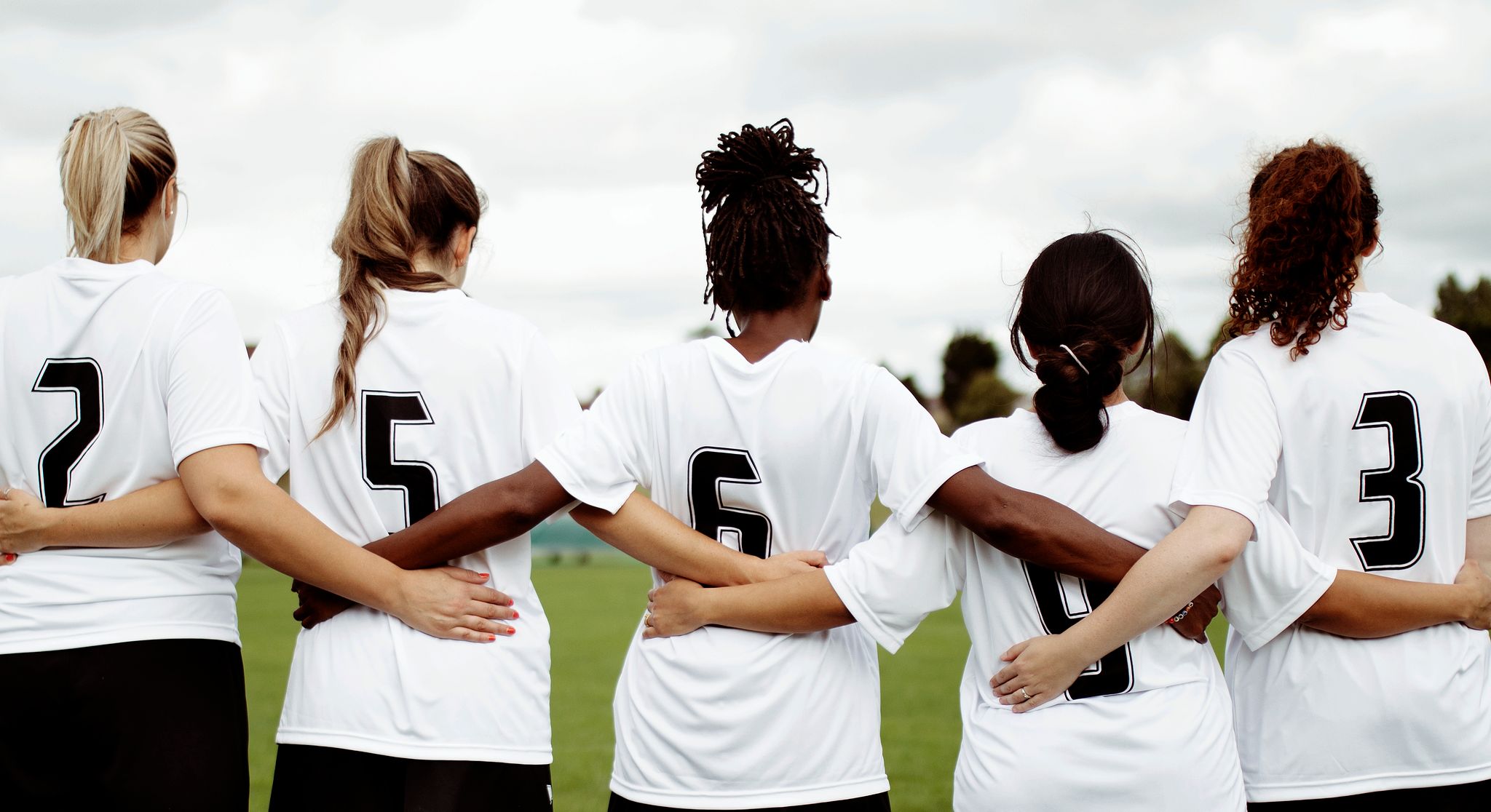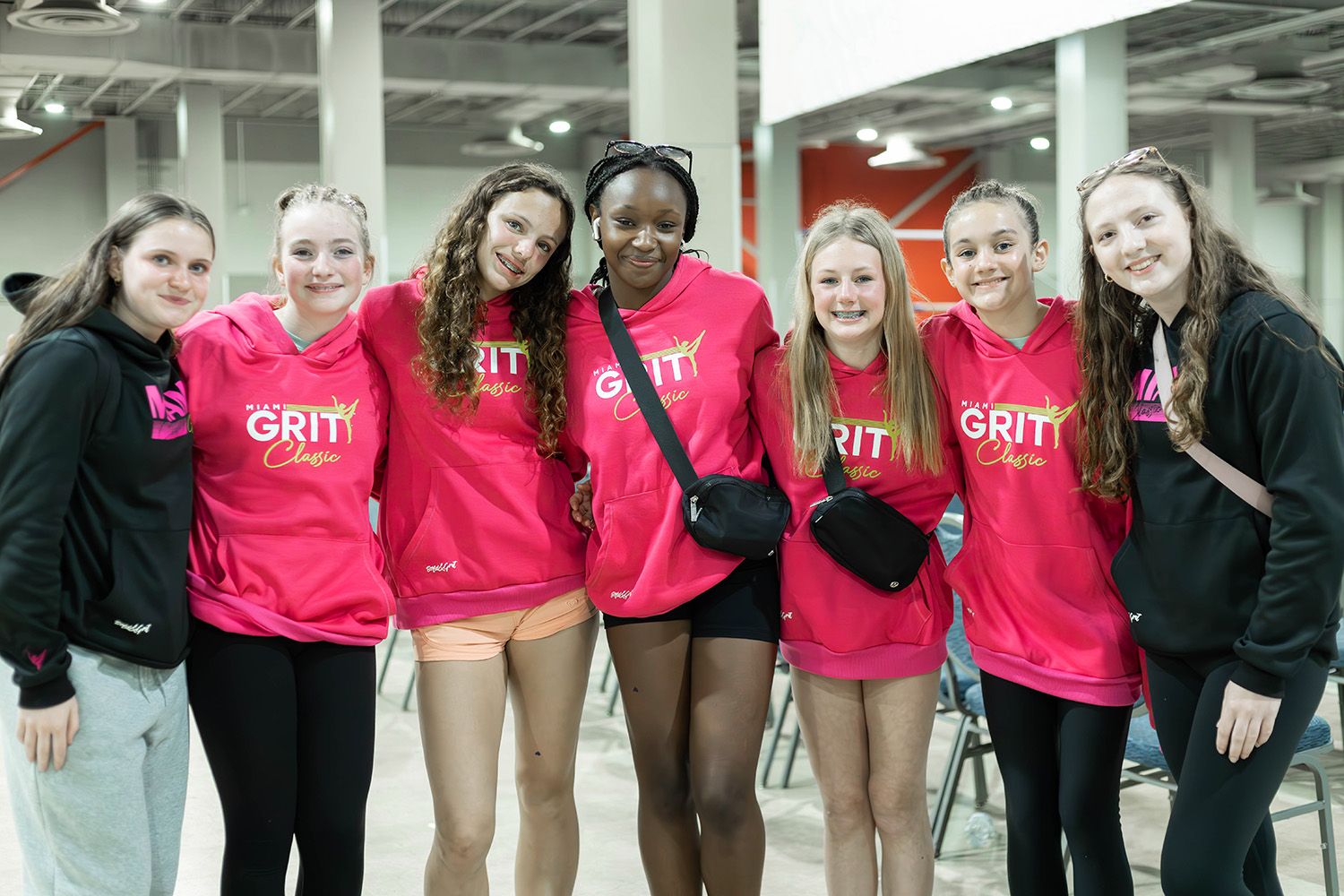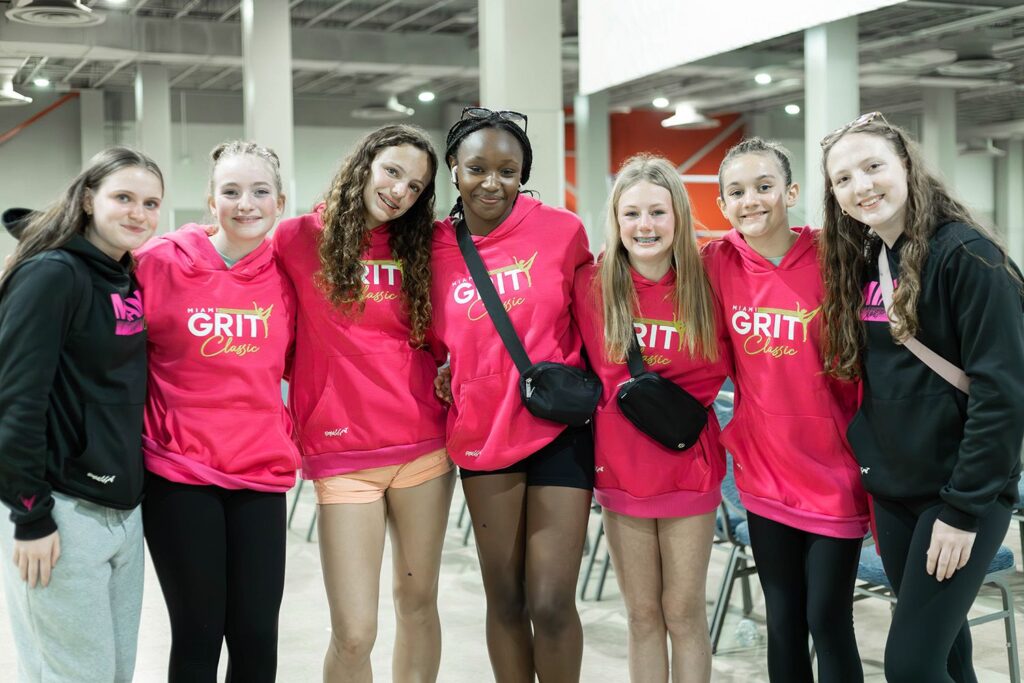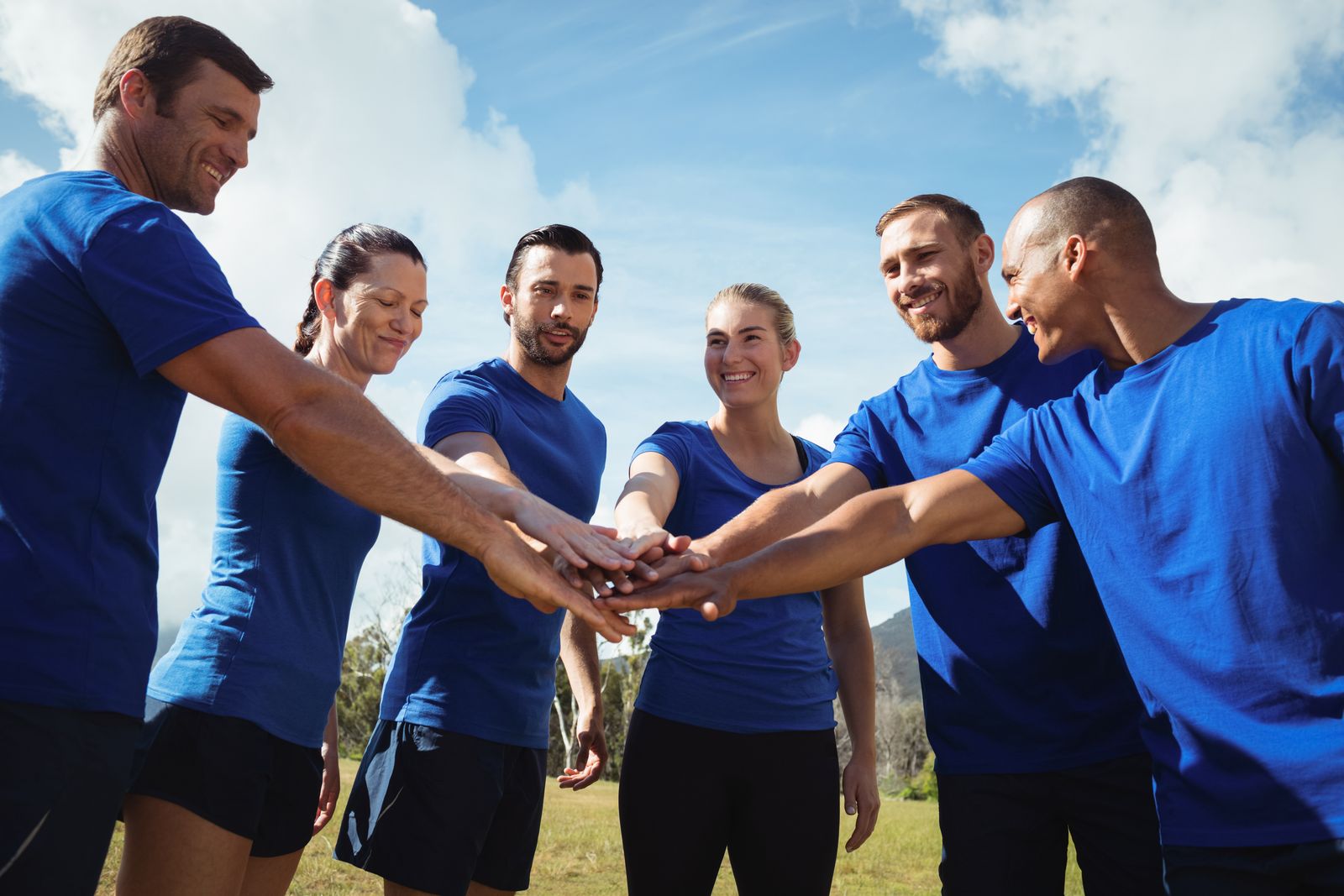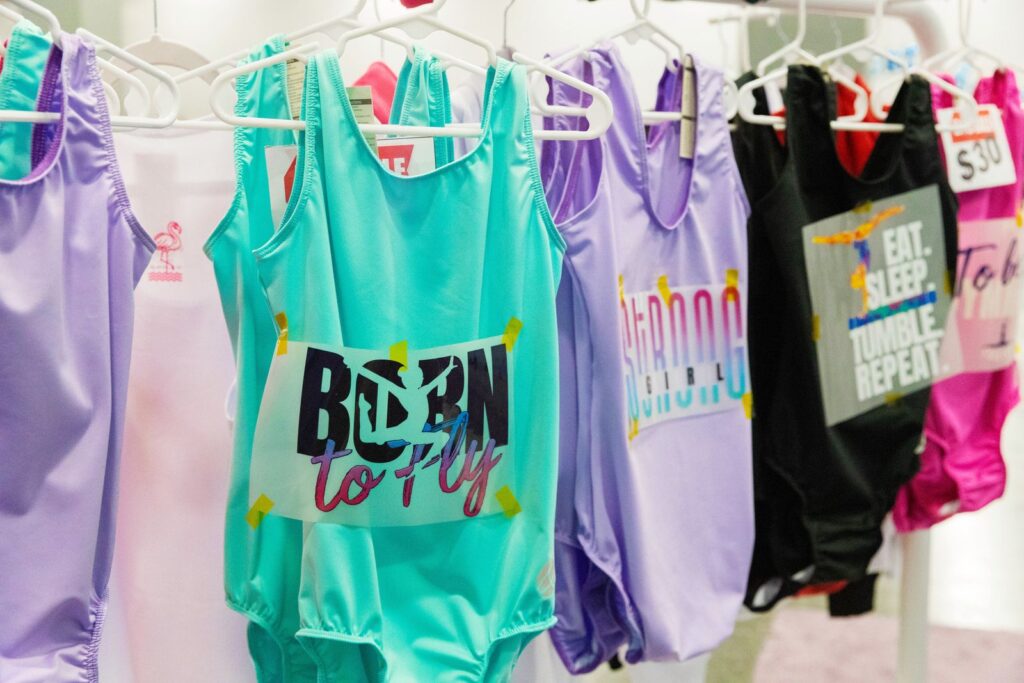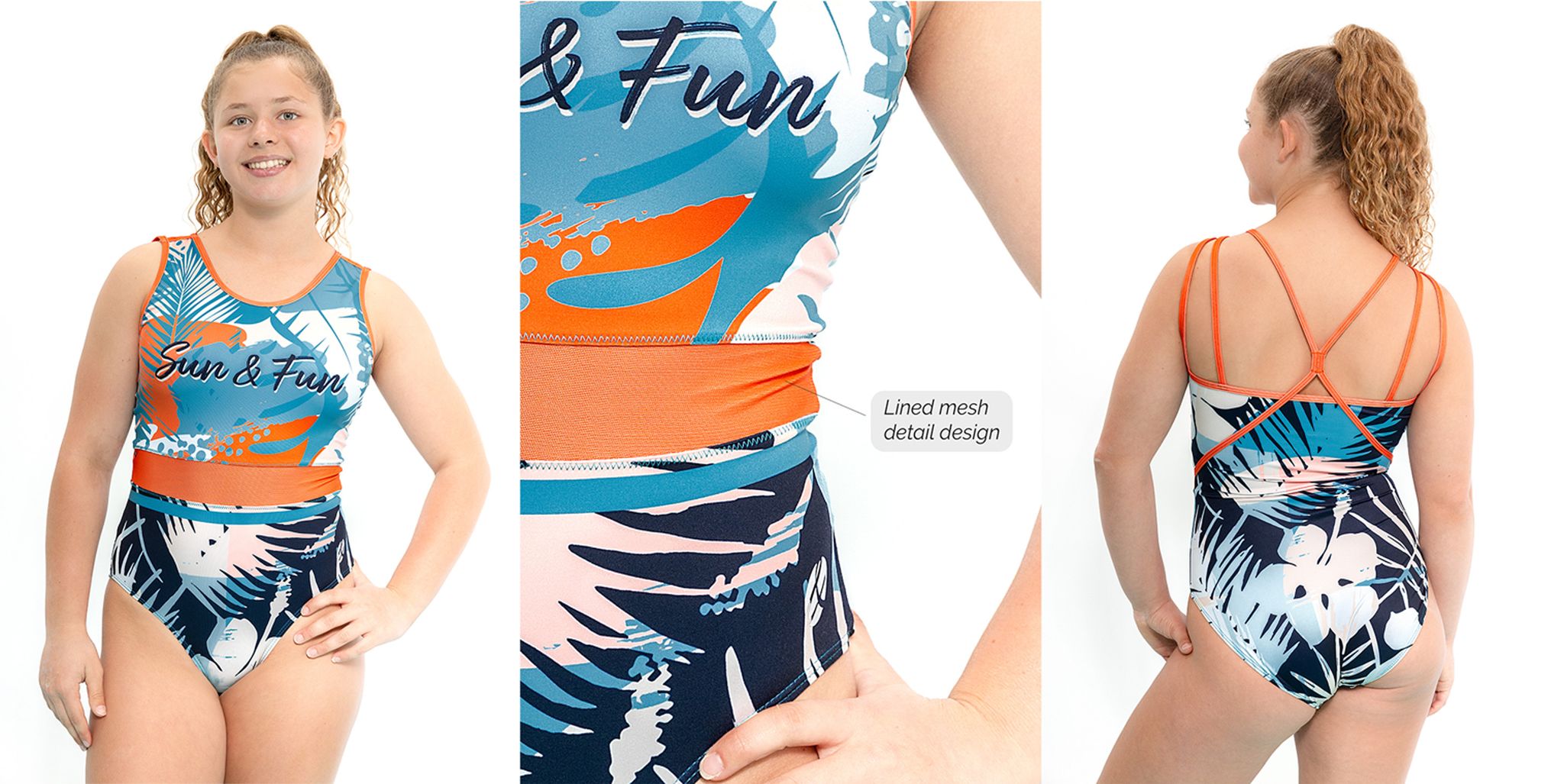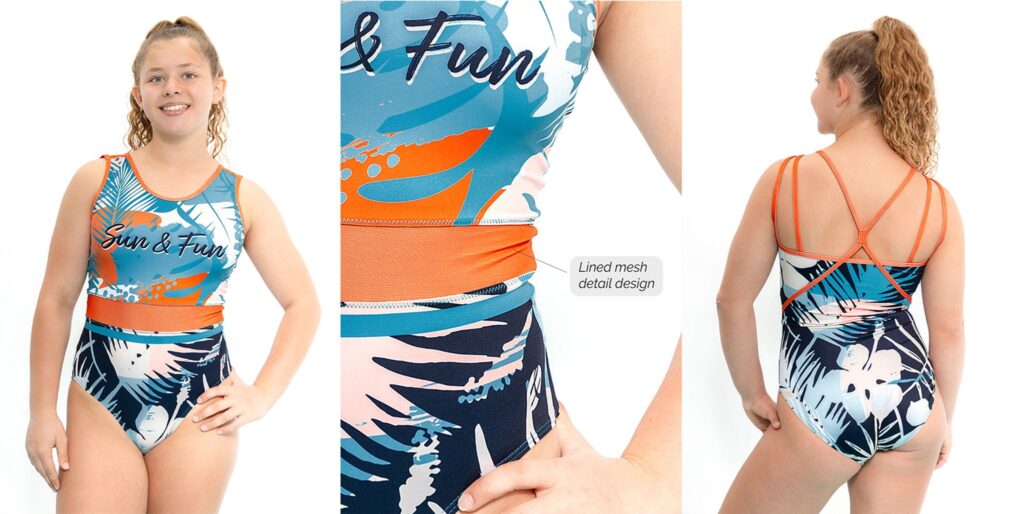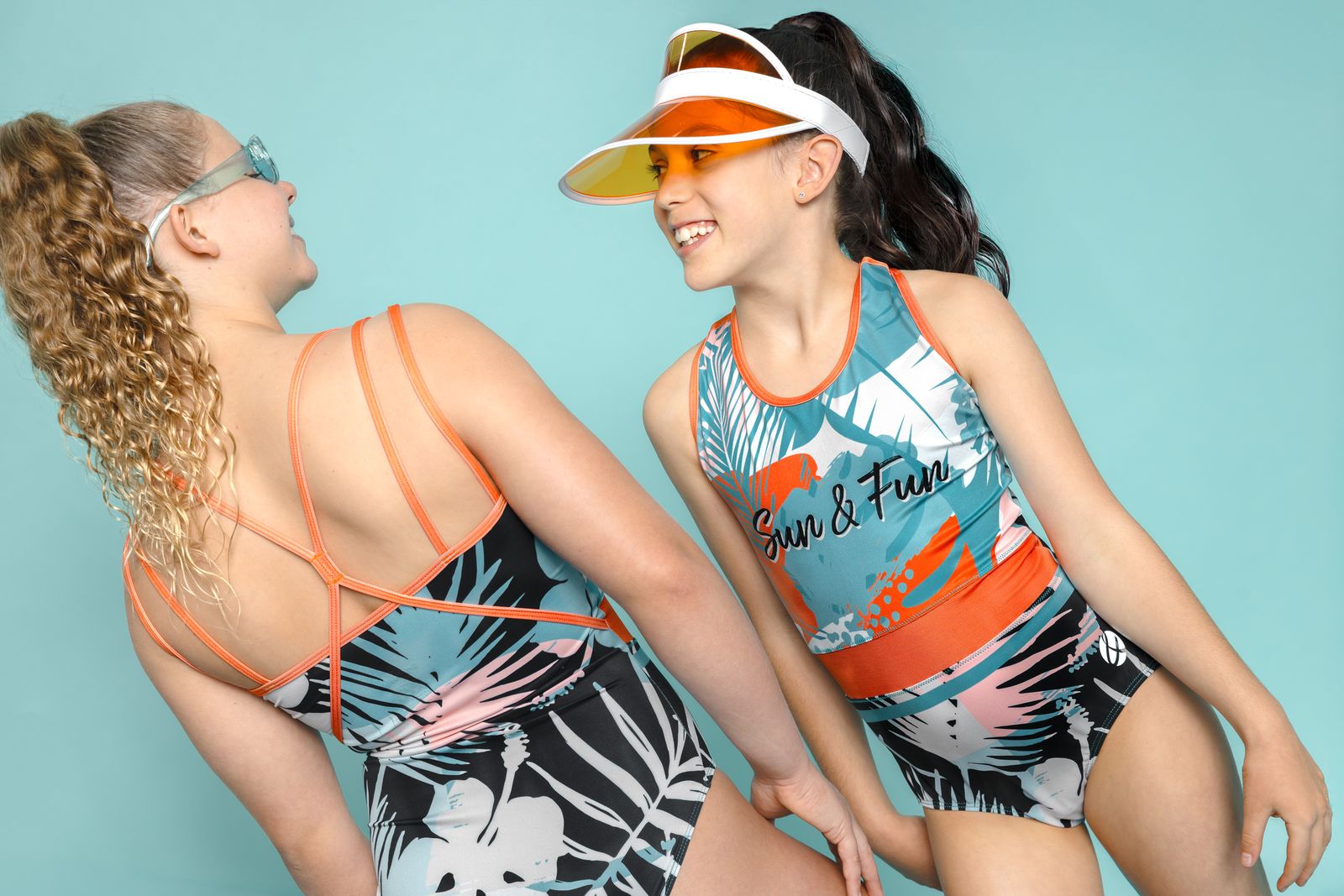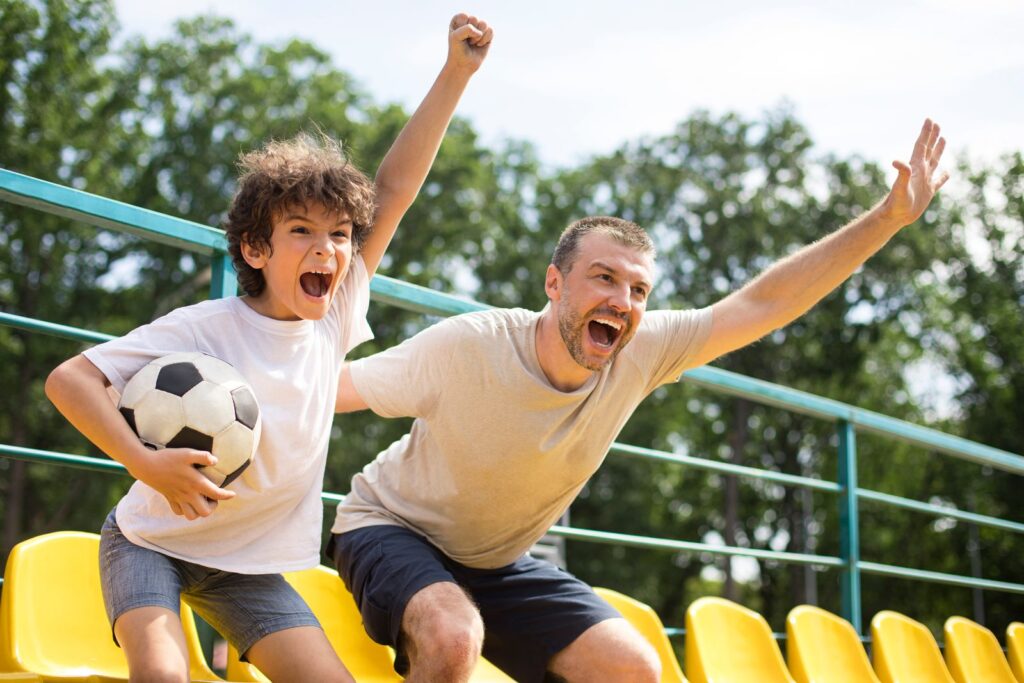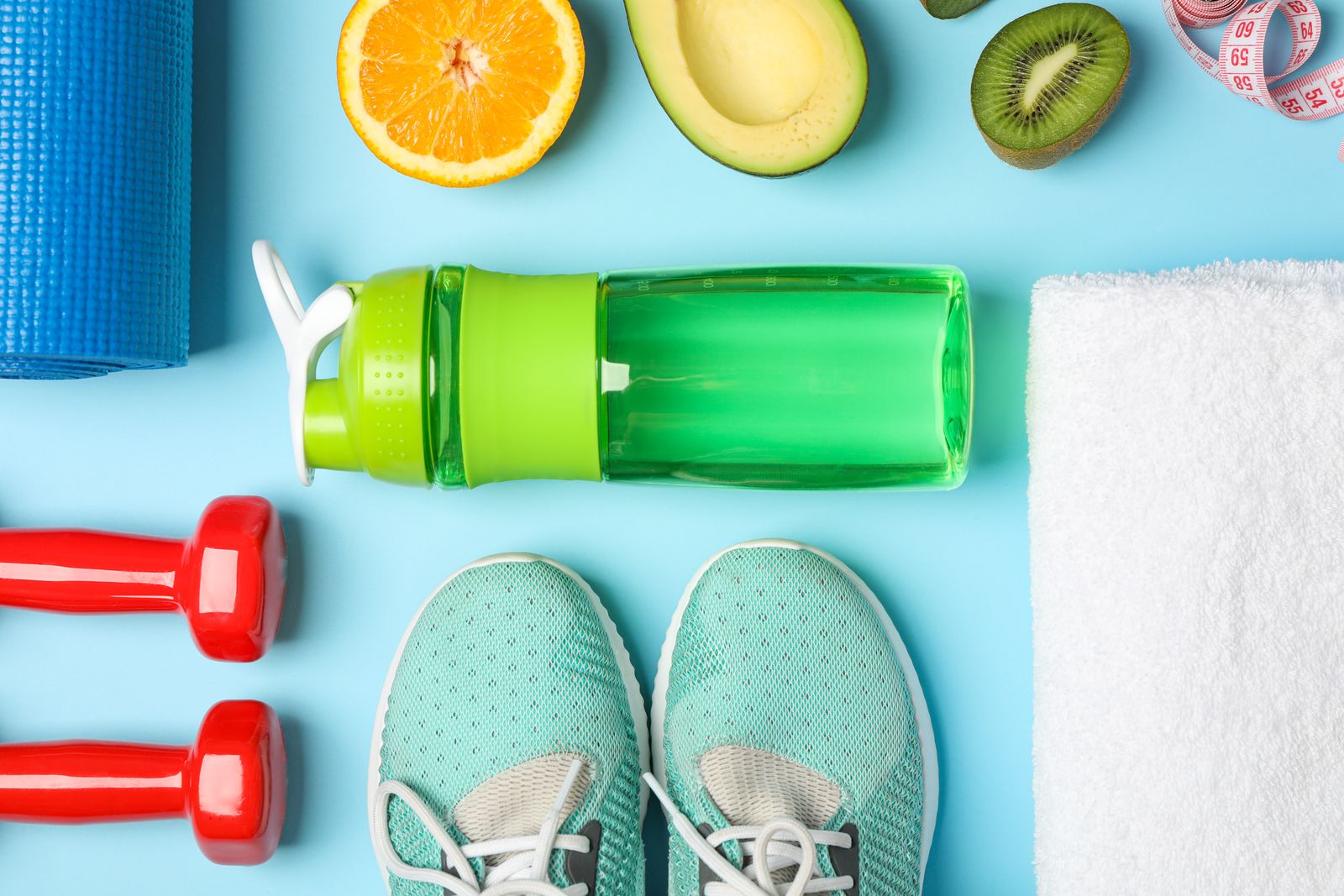As a coach, your responsibility goes beyond refining skills, designing training sessions, and strategizing for game day. You play a vital role in shaping your athletes’ overall well-being physically, mentally, and emotionally. One of the most effective ways to elevate performance and prevent injuries is by promoting proper nutrition and wellness habits.
When athletes fuel their bodies correctly and prioritize recovery, they’re more likely to stay healthy, energized, and motivated throughout the season. This guide covers practical nutrition and wellness tips to help coaches support their athletes both on and off the field.
Please note: This advice is general and intended as a starting point. Every athlete is unique, with individual nutritional and physical needs. Consult a registered dietitian, nutritionist, or health professional to develop personalized plans. Always consider dietary restrictions, allergies, and specific health conditions for each athlete.

Why Nutrition and Wellness Matter in Sports Performance
Athletes push their bodies to the limit and to perform at their best, they need more than just rigorous training. Proper nutrition and wellness practices help:
-
Boost energy levels for peak performance
-
Accelerate recovery between workouts and competitions
-
Prevent injuries through improved muscle function and joint health
-
Enhance focus and mental clarity during practice and competition
-
Support long-term health and well-being
When coaches prioritize holistic health, they not only improve athletic outcomes but also teach habits that will benefit athletes for life.
-
Nutrition Tips for Coaches to Share with Athletes
Promote Balanced Meals
Encourage athletes to focus on well-rounded meals that include:
-
Carbohydrates (whole grains, fruits, vegetables) for energy
-
Protein (lean meats, eggs, legumes, dairy) for muscle repair and growth
-
Healthy fats (avocados, nuts, olive oil) for brain function and joint health
-
Vitamins and minerals (leafy greens, berries, fortified foods) for immune support and energy metabolism
Balanced meals should be a daily habit, not just something athletes focus on around game day.
Highlight the Importance of Hydration
Dehydration can lead to fatigue, muscle cramps, and decreased performance. As a coach, encourage:
-
Regular water breaks during practice
-
Drinking at least 16-20 ounces of water 2-3 hours before training
-
Adding electrolytes during intense workouts, especially in hot weather
Teach athletes to listen to their bodies—thirst is a sign they’re already dehydrated.
Educate on Pre- and Post-Workout Fuel
Fueling before and after workouts ensures athletes perform at their best and recover effectively:
-
Pre-Workout: A light meal with carbs and a little protein (e.g., banana with peanut butter or a small turkey sandwich) 1-2 hours before training.
-
Post-Workout: A protein-rich snack combined with carbs within 30 minutes of finishing practice (e.g., protein smoothie, or yogurt with fruit).
This helps replenish glycogen stores and kickstarts muscle repair.
Address the Importance of Timing
Help athletes understand meal timing for optimal energy and recovery:
-
Eat regular meals every 3-4 hours to maintain energy levels.
-
Avoid heavy meals immediately before training.
-
Encourage a nutrient-rich breakfast to fuel the body for the day ahead.
-
Wellness Practices to Support Athlete Health
Prioritize Sleep and Recovery
Athletes need more rest than the average person. Lack of sleep impact’s reaction time, focus, and mood—and can increase the risk of injury.
Encourage athletes to:
-
Get 7-9 hours of sleep each night, with longer durations for younger athletes or those in heavy training phases.
-
Establish a consistent bedtime routine (turn off screens, practice relaxation techniques).
-
Incorporate rest days and active recovery (like stretching or light yoga) into their routine.
Incorporate Mental Health Support
Mental wellness is just as critical as physical health for peak performance. Stress, anxiety, and pressure can affect motivation, focus, and confidence.
Ways to support your athletes’ mental health:
-
Create an open environment where athletes feel comfortable discussing challenges.
-
Integrate mindfulness techniques like meditation or visualization exercises into practice.
-
Offer access to professional support or mental health resources when needed.
Promote Injury Prevention and Recovery Strategies
Injury prevention starts with proper technique, but recovery habits also play a significant role:
-
Stretching and mobility exercises before and after practice
-
Regular use of foam rolling to relieve muscle tension
-
Emphasizing proper form and technique during strength training
Make sure athletes understand the importance of listening to their bodies and seeking medical advice when pain persists.
-
Building a Healthy Team Culture
As a coach, you set the tone for your team’s approach to nutrition and wellness. Here’s how to create an environment where healthy habits thrive:
Lead by Example
Athletes are more likely to take wellness seriously when they see their coach practicing what they preach. Demonstrate good hydration habits, prioritize rest, and openly discuss the importance of mental well-being.
Educate Regularly
Make wellness education part of your coaching routine:
-
Host brief nutrition workshops with guest speakers like dietitians.
-
Share quick health tips during practice or team meetings.
-
Provide handouts or digital resources covering basic nutrition and wellness advice.
Encourage Accountability
Empower your athletes to take ownership of their health:
-
Set up team hydration challenges or healthy eating goals.
-
Recognize players who consistently prioritize sleep, recovery, and nutrition.
-
Encourage peer-to-peer support—sometimes hearing it from a teammate can make all the difference.
-
Practical Tools and Tips for Coaches
-
Provide water breaks every 15-20 minutes during practice, especially in hot weather.
-
Share simple, athlete-friendly recipes for balanced meals.
-
Introduce short mindfulness exercises at the start or end of practice.
-
Track basic wellness markers, such as hydration, sleep habits, and energy levels during the season.
Coaching isn’t just about winning games, it’s about fostering the long-term health, well-being, and success of your athletes. By prioritizing proper nutrition, encouraging mental and physical wellness, and setting a positive example, you can help your athletes perform at their best and develop healthy habits that last a lifetime.
Investing in your team’s well-being will not only enhance performance but also build stronger, more resilient athletes—both on and off the field. Start small, stay consistent, and watch as your athletes rise to new levels of success.
